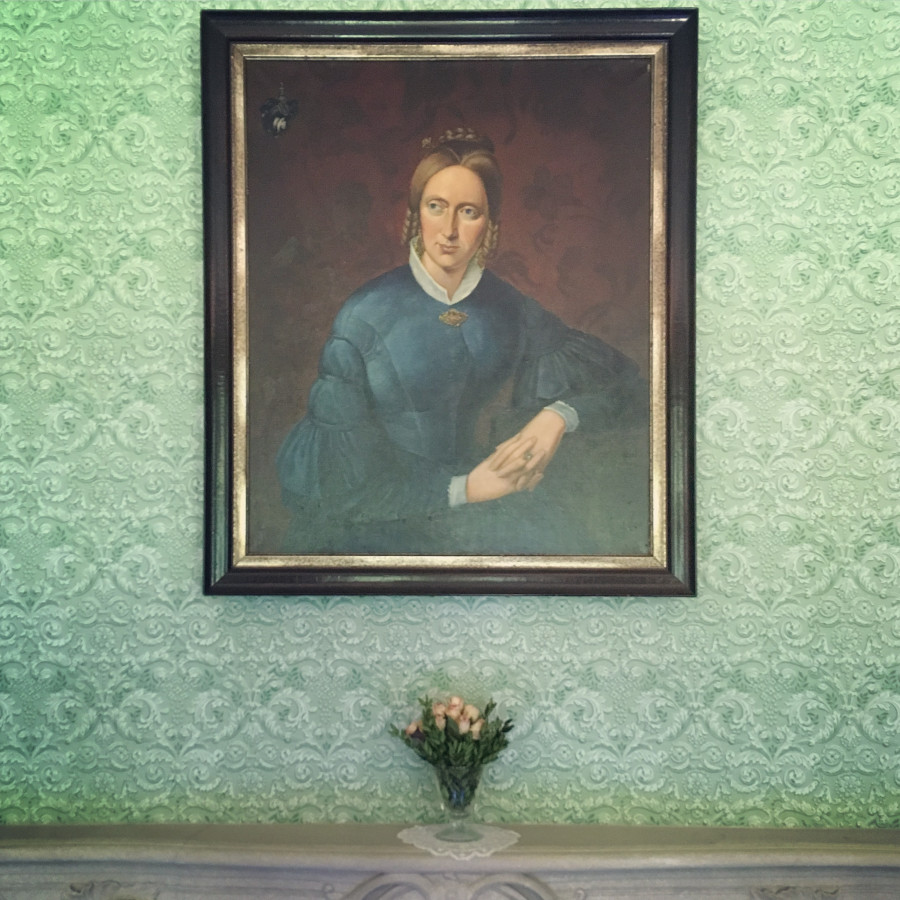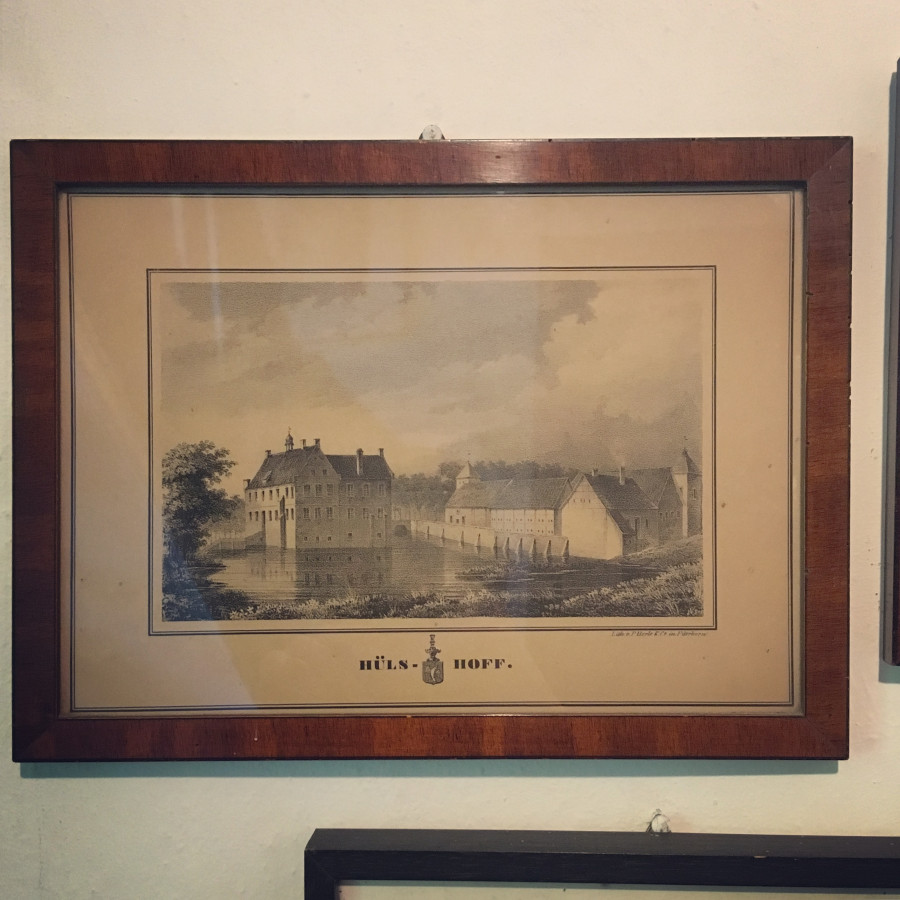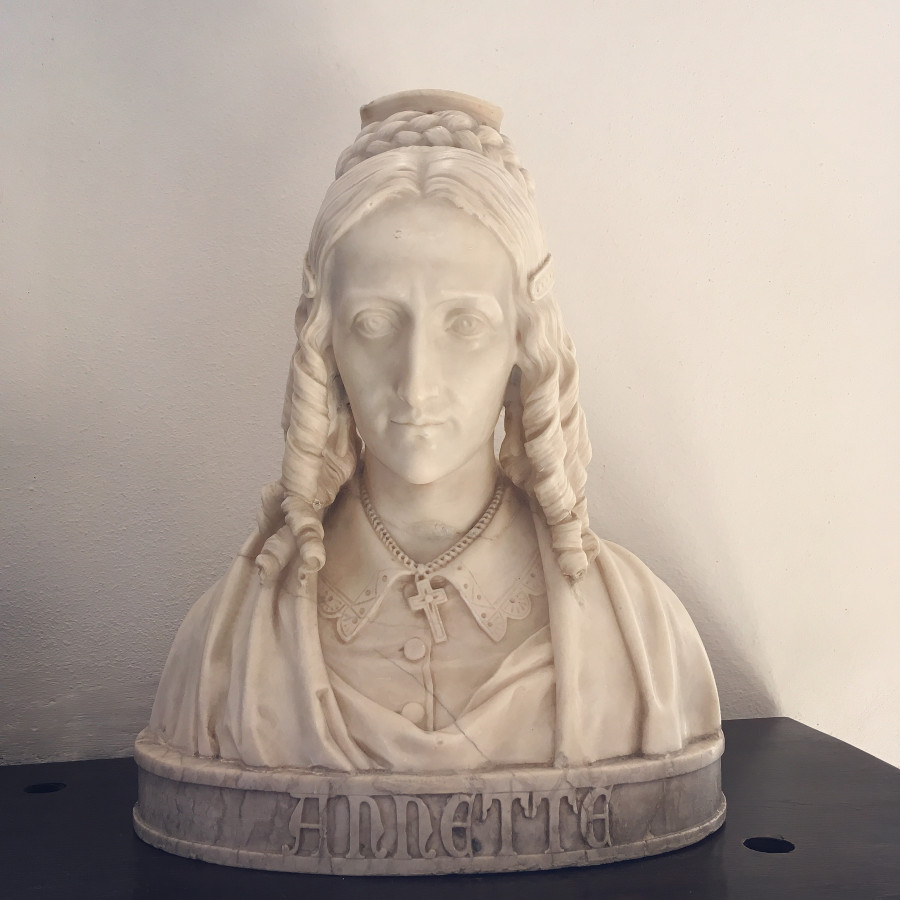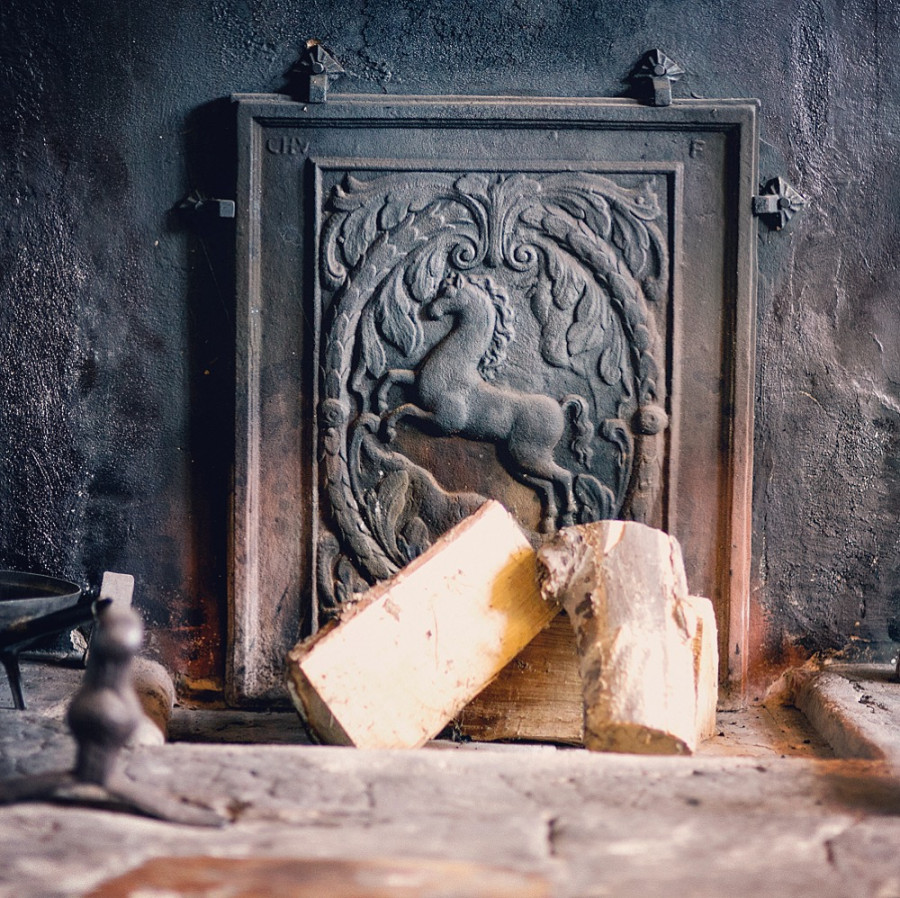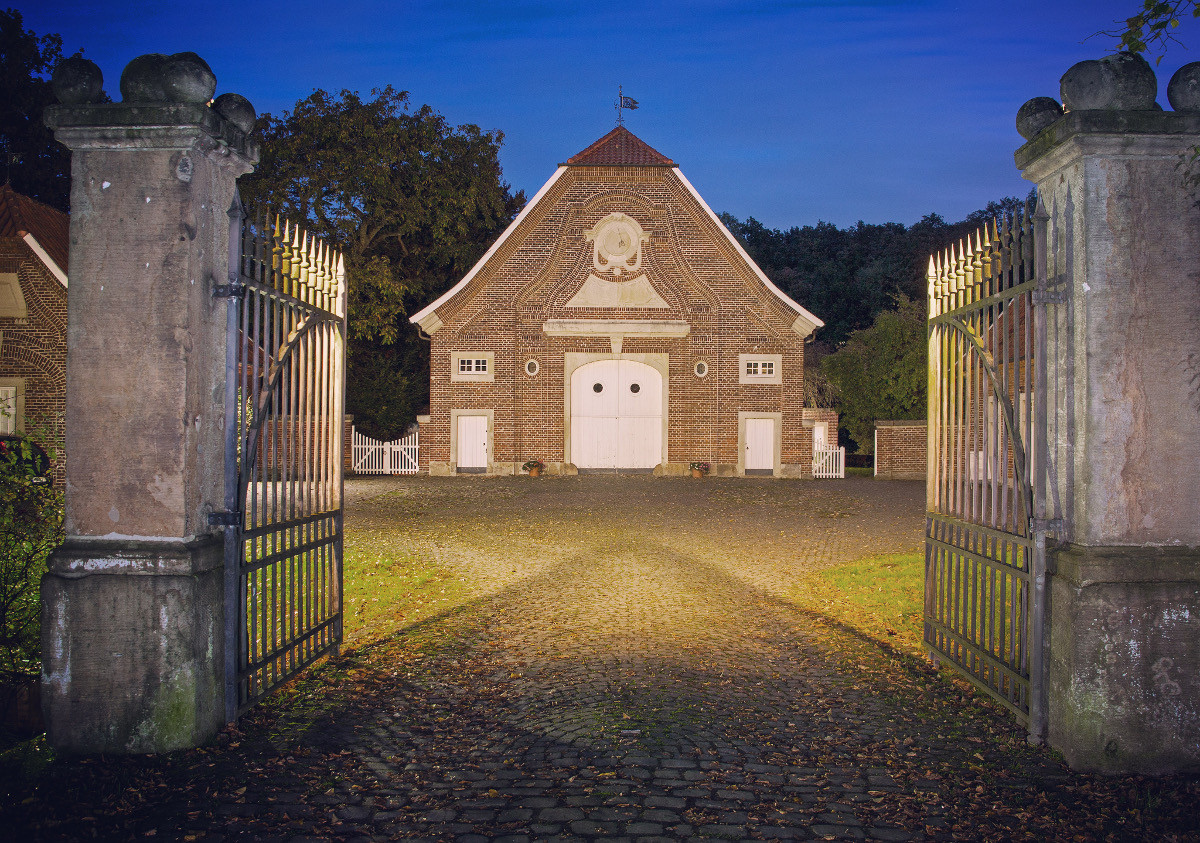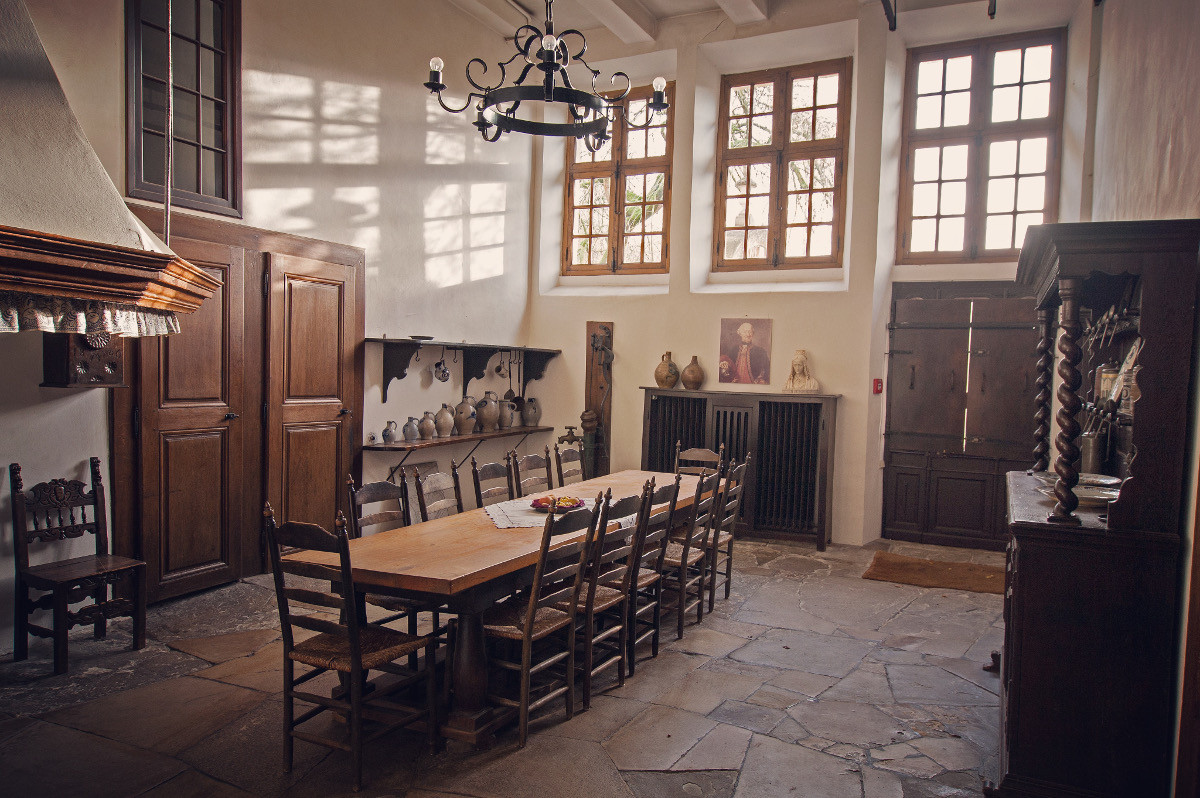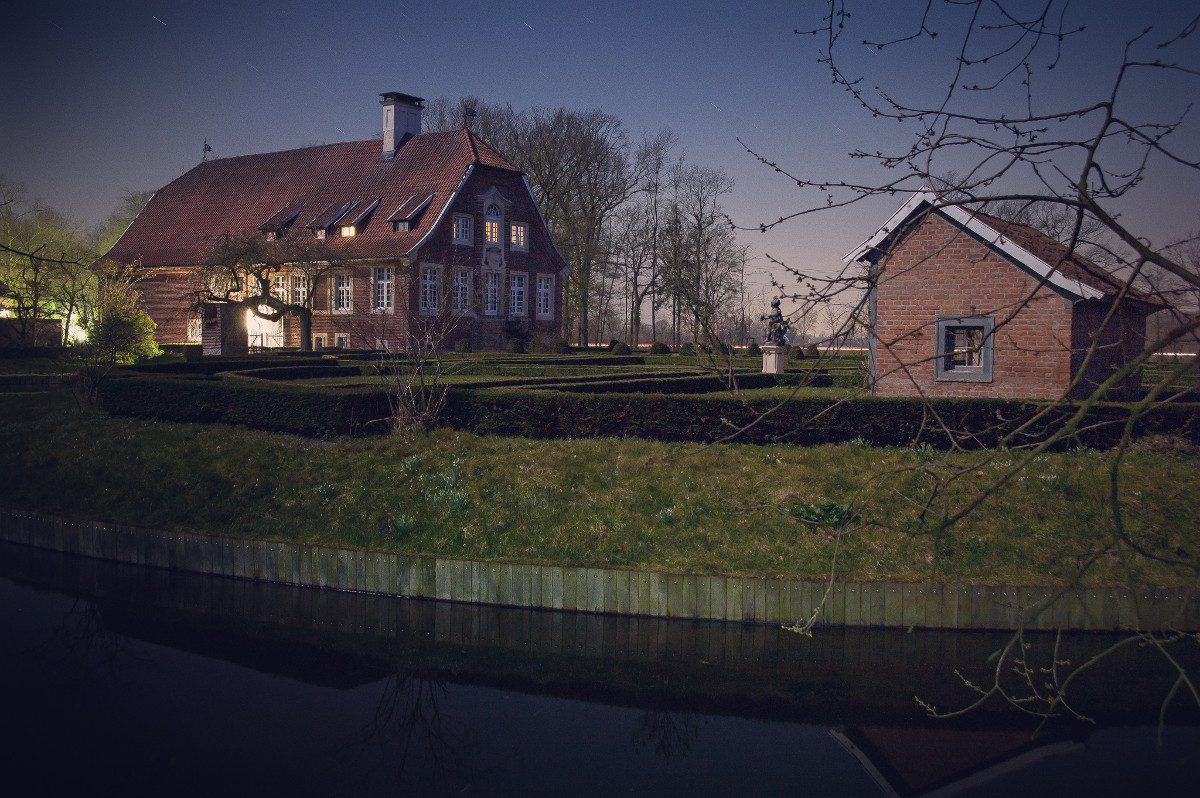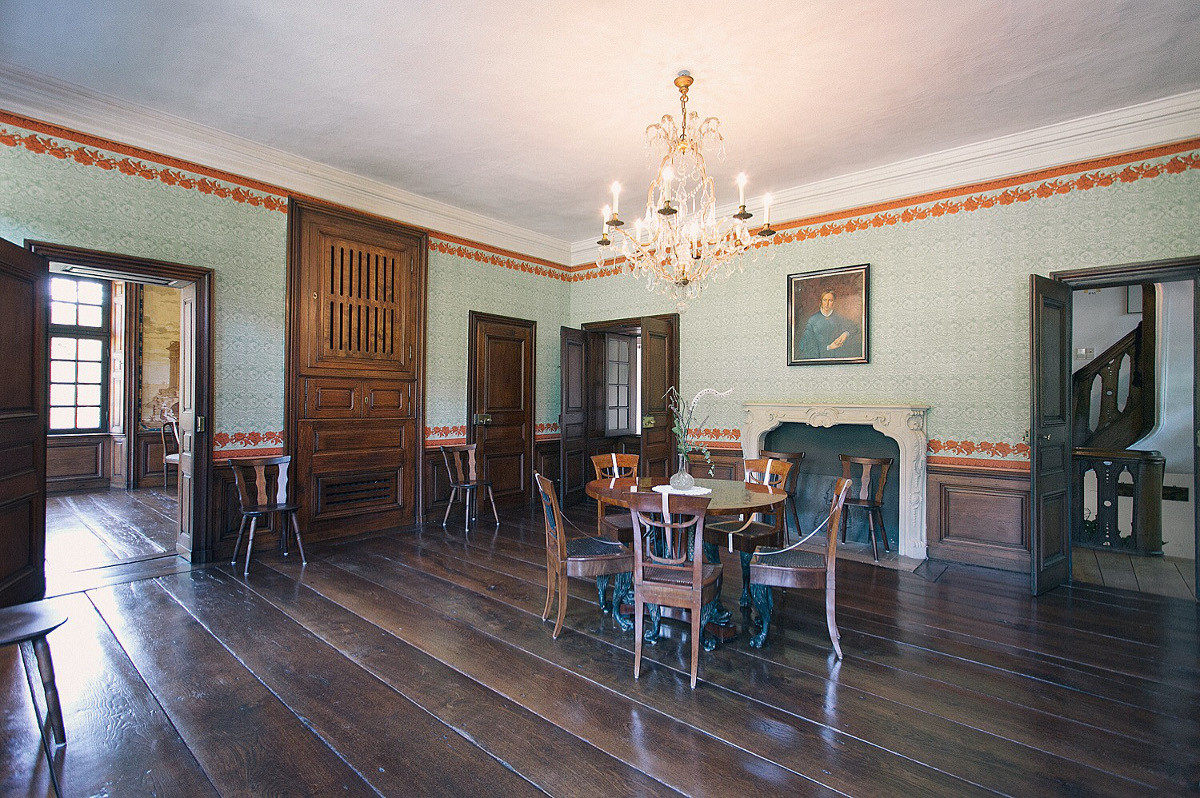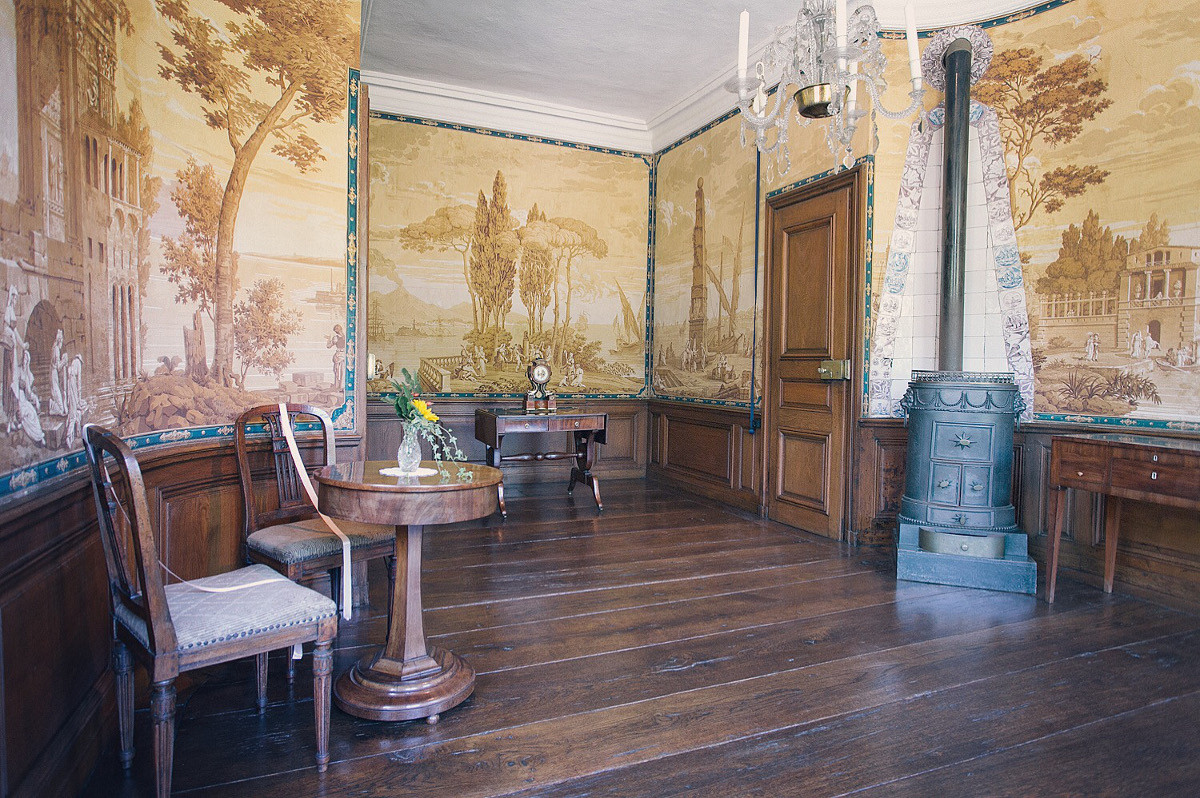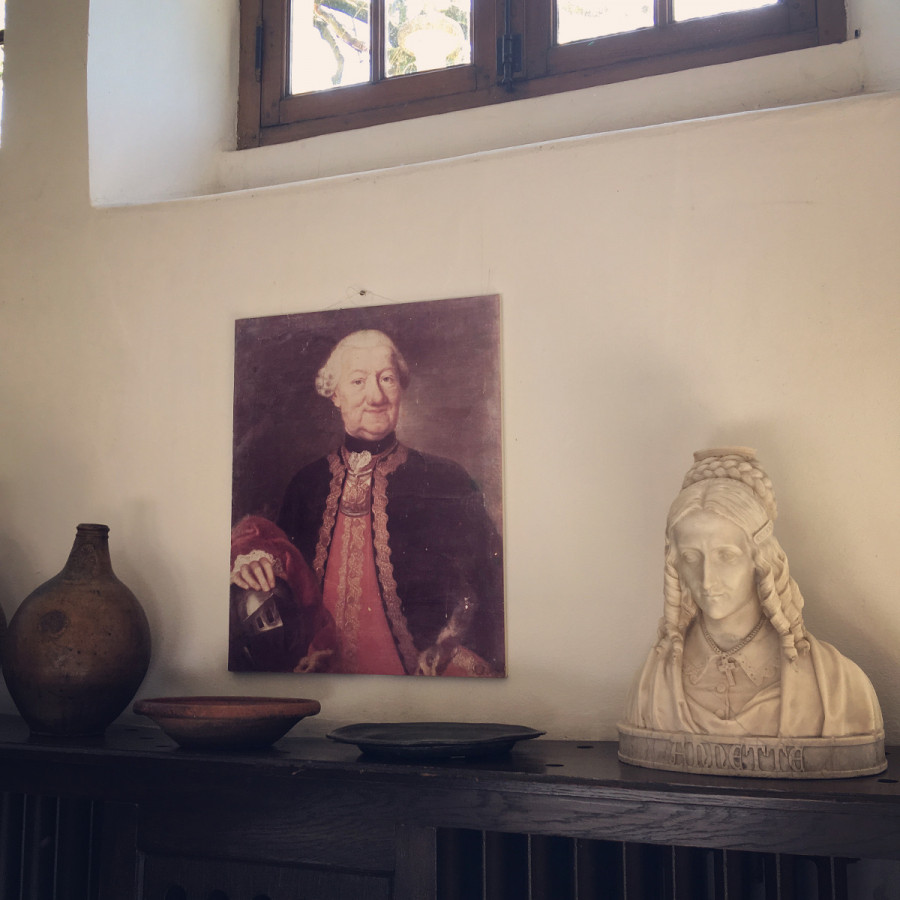
Haus Rüschhaus is a country estate in the Nienberge district of Münster, Westphalia. It was built in the period from 1745 to 1748 according to designs by Johann Conrad Schlaun and was occupied by him as a summer residence.
The estate, whose architecture meets the standards of a feudal nobleman's residence, is designed like a rural Gräftenhof. Schlaun succeeded in creating a synthesis of a Westphalian farmhouse and a sophisticated country estate in the French style.
In 1825, the landlord of Burg Hülshoff, Baron Clemens-August II von Droste zu Hülshoff, the father of the poet Annette von Droste-Hülshoff, acquired the elegant country house. After her father's death in 1826, the poet moved with her mother and her sister Jenny into the Rüschhaus, only about five kilometers from the house where she was born in Hülshoff, and lived here until 1846.
Annette von Droste-Hülshoff lived in three small rooms on the mezzanine floor of the Rüschhaus, which she shared with her former nurse. She called her living room, where she retreated to write, her »snail's shell,« and here she devoted herself literarily especially to her native Westphalia. Nature became her main theme. Here, among other things, she wrote her best-known work, Die Judenbuche (The Jew's Beech).
Behind the main house, which is framed by two small pavilions, a beautiful baroque garden opens up, including four sculptures. Schlaun himself gave the existing Gräfteninsel a clearly defined, uniform form and designed a symmetrically structured kitchen garden and ornamental garden in accordance with the style of the time, but it was never realized. Typical of this baroque park architecture are the strict geometric forms and the beds and lawns bordered with boxwood. The two geometric baroque gardens were realized in 1983 after all, exactly according to Schlaun's original designs.
To the estate leads, among other things, an old avenue, which invites you to visit by bike. At the beginning of this avenue is the sculpture Dialogue with Johann Conrad Schlaun by Richard Serra, which he erected here in 1997 as part of the Sculpture Projects. The steel cuboid leans toward the Haus Rüschhaus. Serra bows to Schlaun? Or only art before architecture? One age before the other? You decide.
